Our design-build challenge was to make a chair for the theoretical client Issey Miyake, a fashion designer most known for his work in pleated fabrics. We designed a minimal but transformative chair that folds out from a simple square of plywood trapezoids into a complex sculptural object. The use of fabric for the hinges and hammock seat touches upon his work in textiles. This chair was entirely built and designed by hand, including multiple mock-ups and a full-scale prototype, instead of relying on digital 3D modelling or a CNC router. Made and designed with Mahsa Malek.
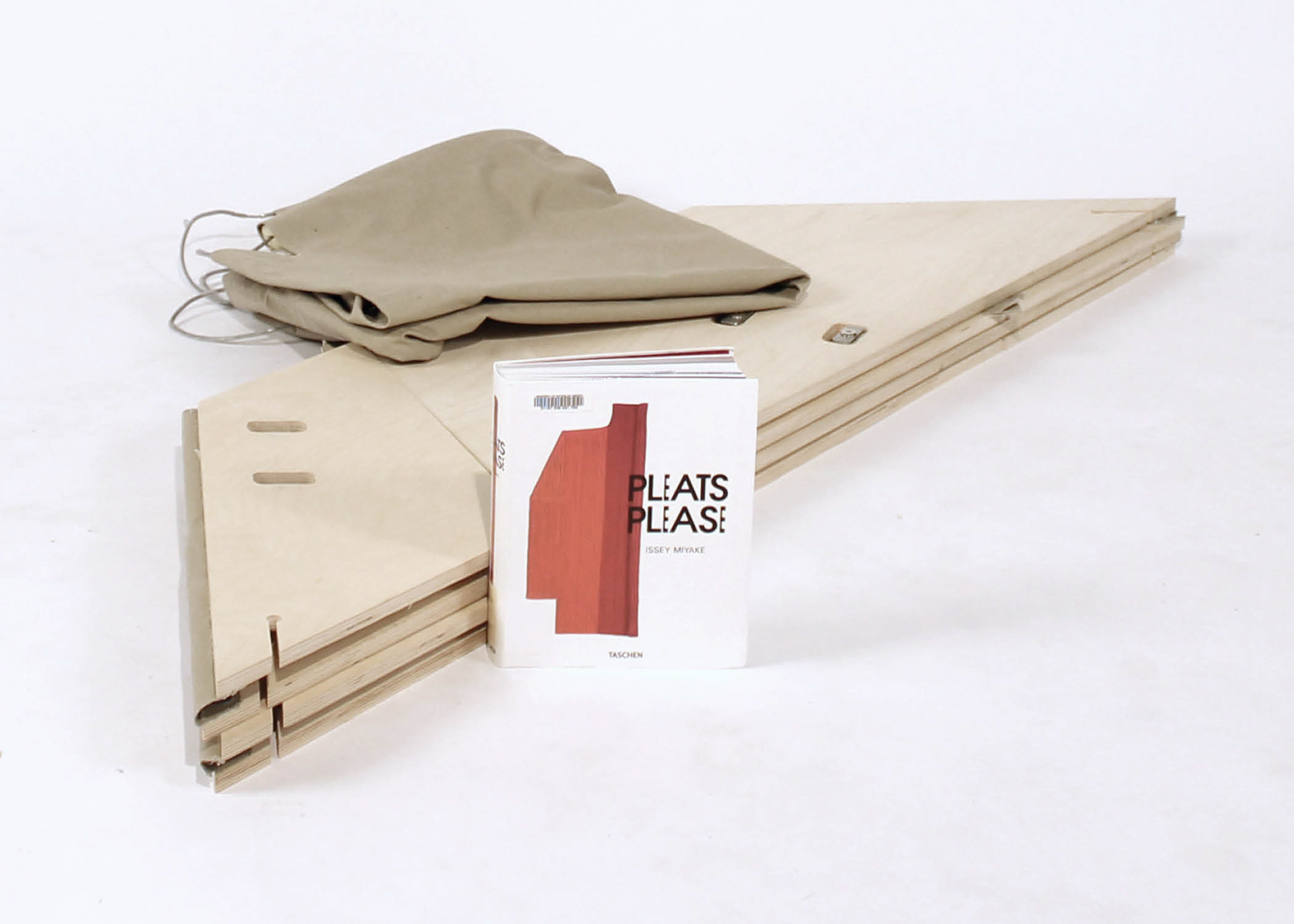
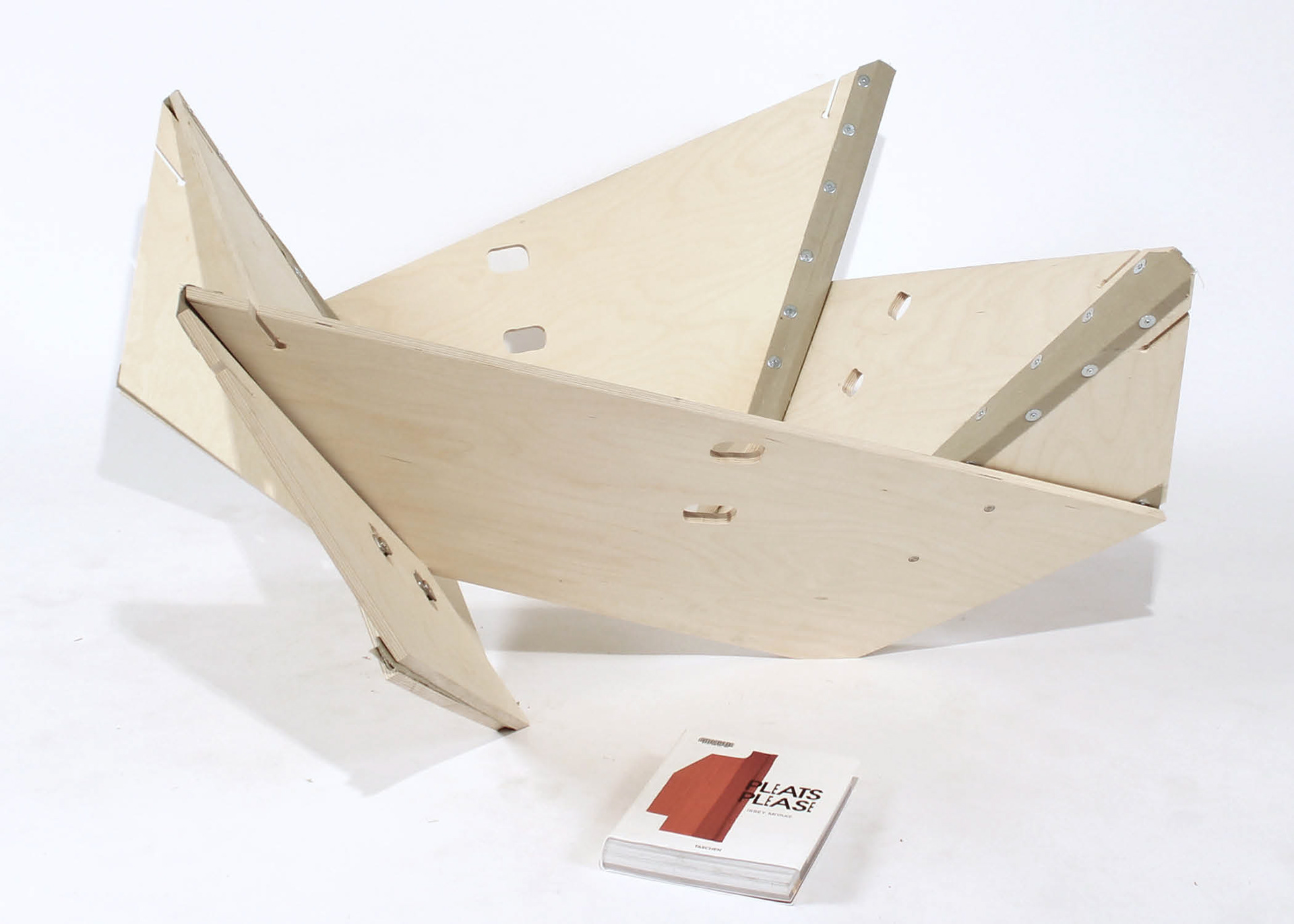
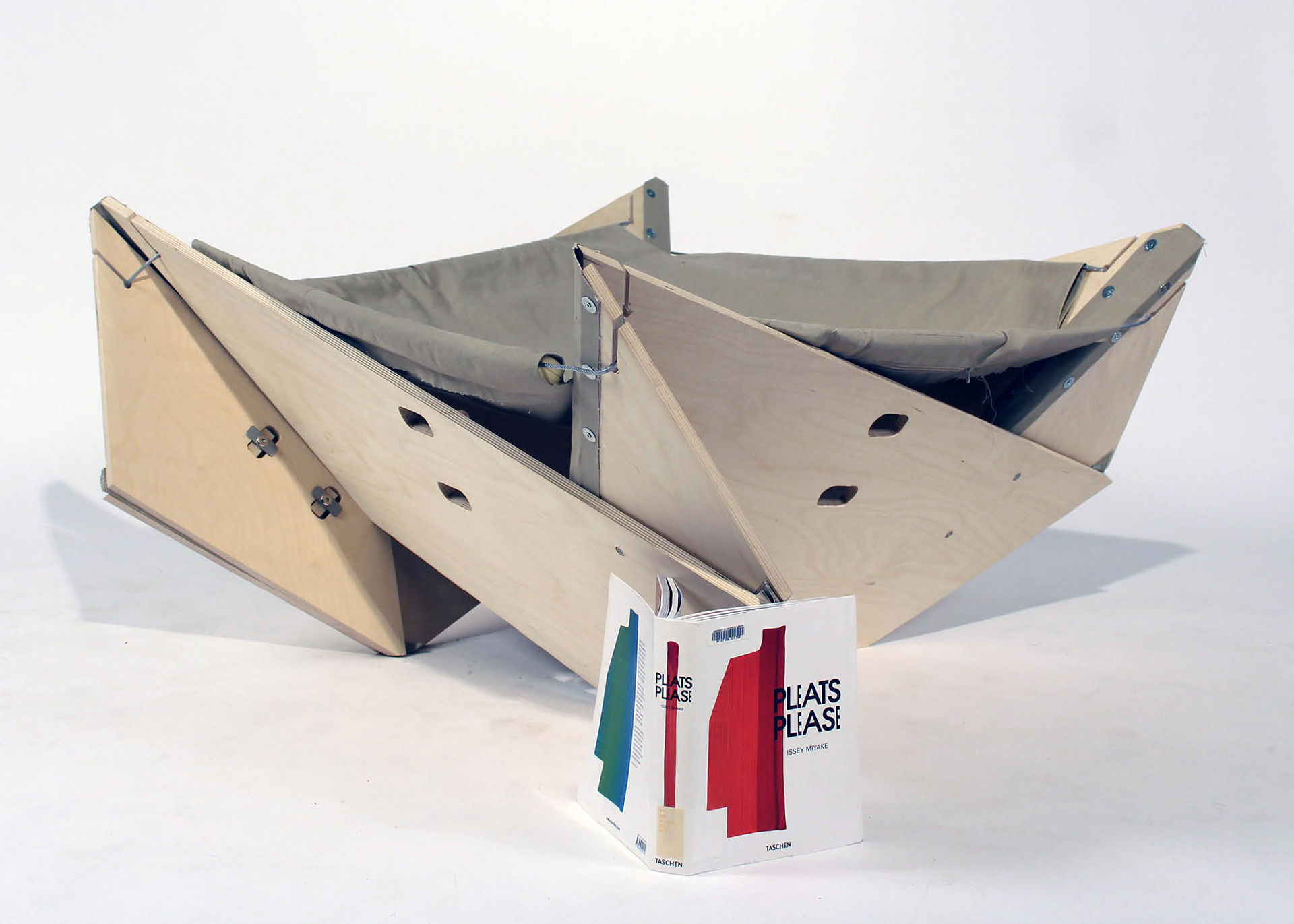
Time-lapse of lounging in Miyake's Chair.
"One piece of cloth..."
- Issey Miyake
...or wood. Miyake’s concept of connectivity was applied by joining all the chair components together with fabric hinges, creating a square when laid out flat. These hinges also provided enough flexibility between the plywood panels so that the chair could be folded into one compact stack for easy storage.
Folding and assembly process.



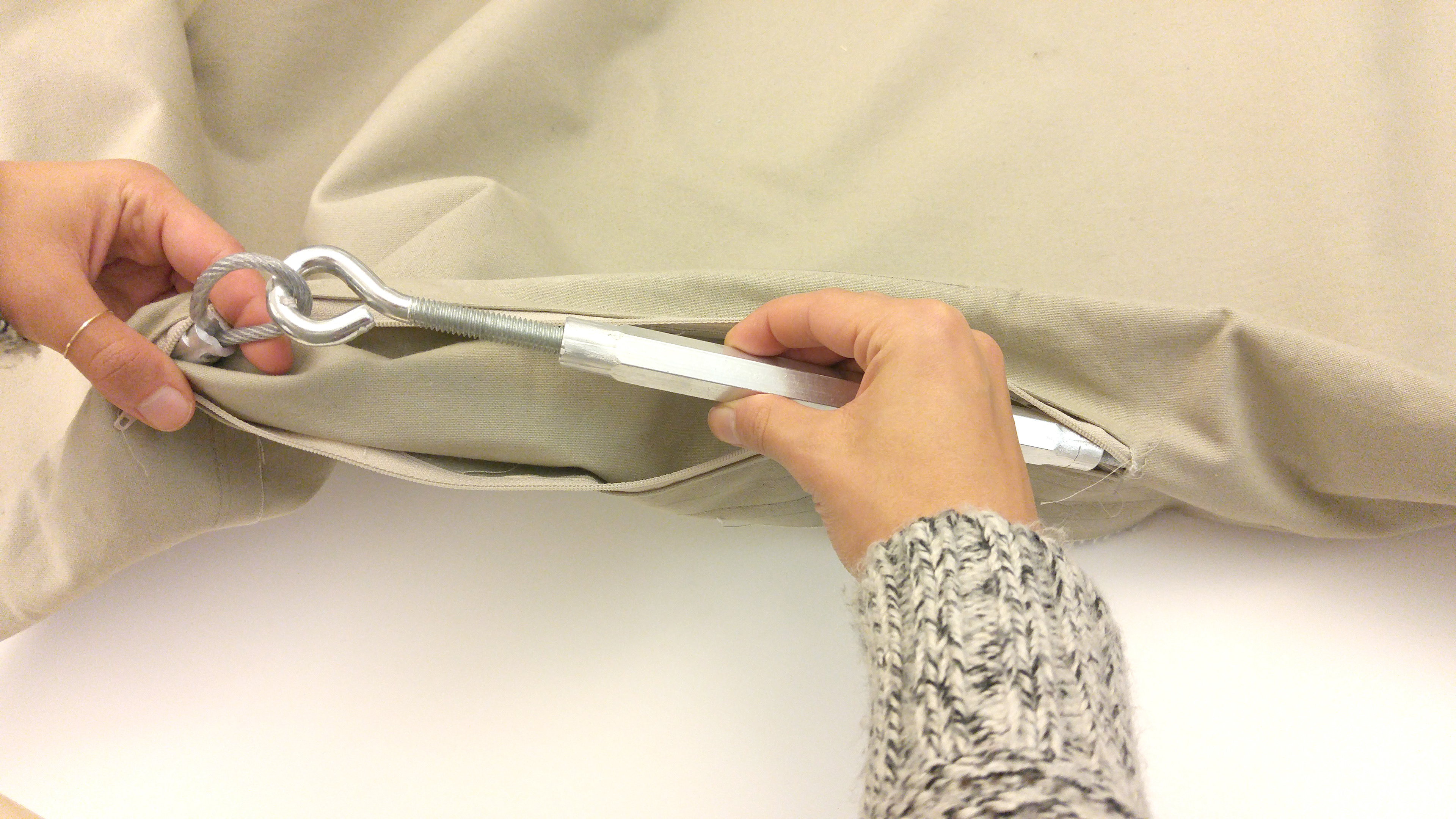
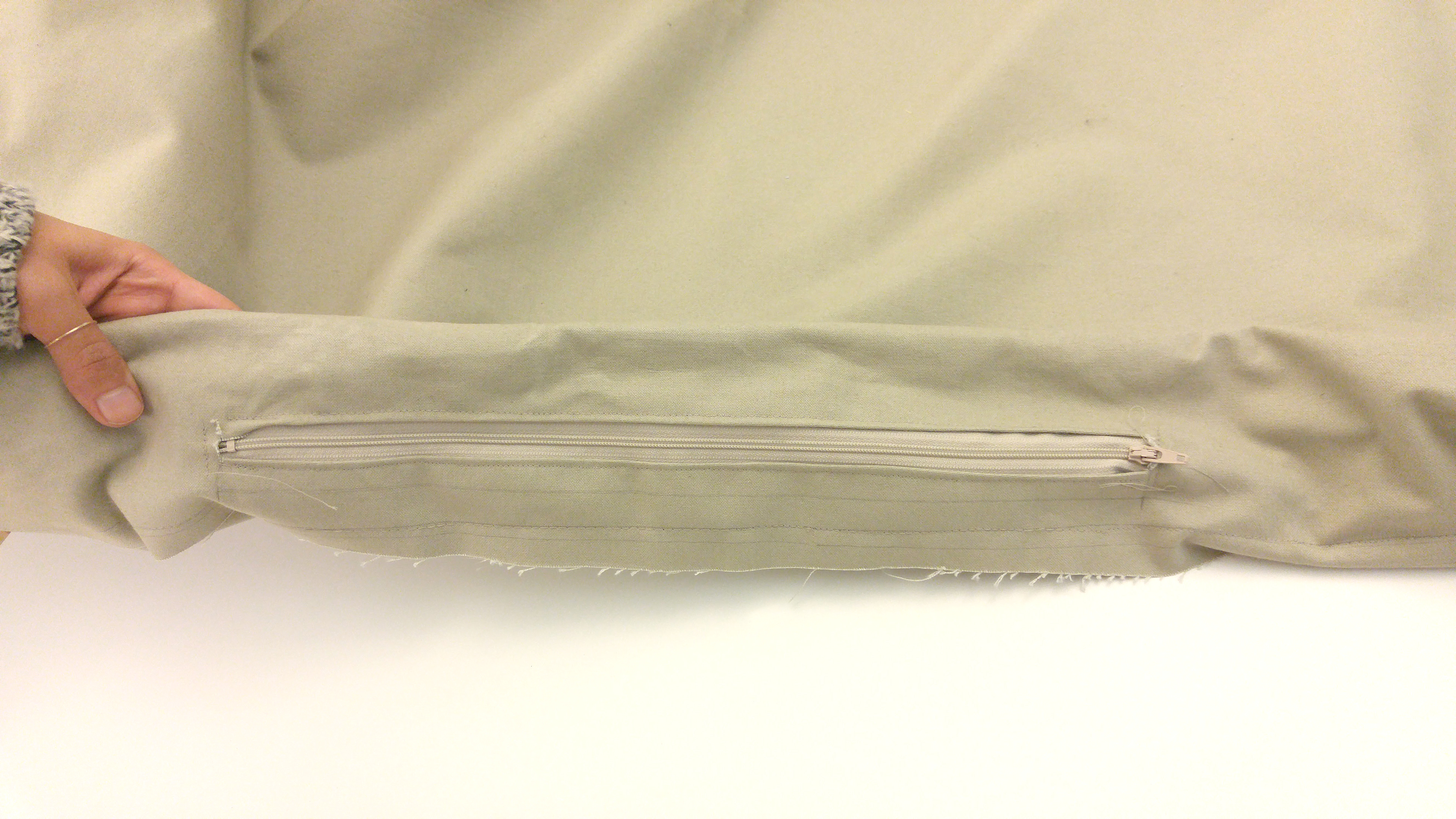
Component details. From left to right: fabric hinges, cable and cable slots, locking mechanisms, cable tension mechanism and fabric sleeve details.



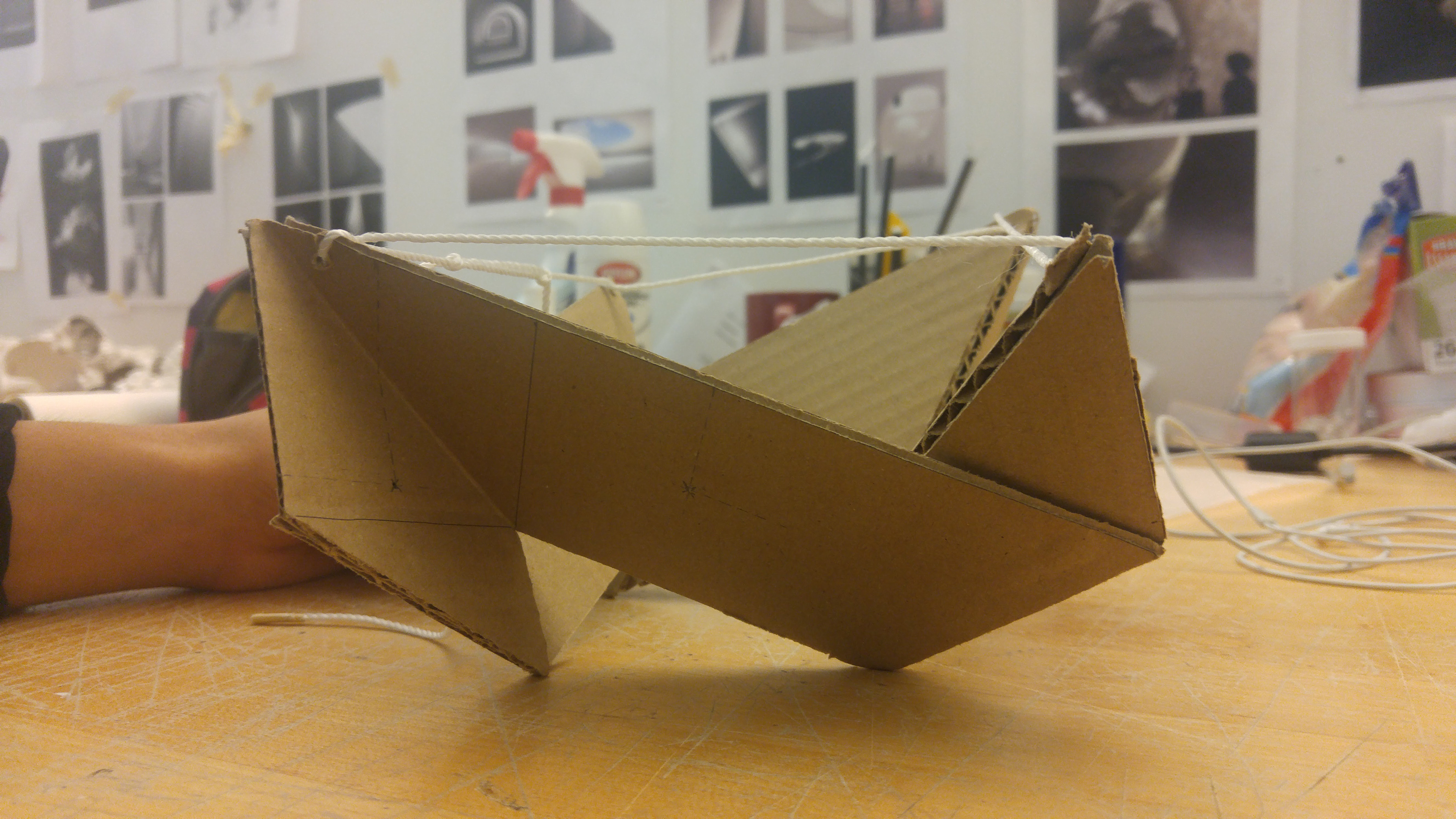
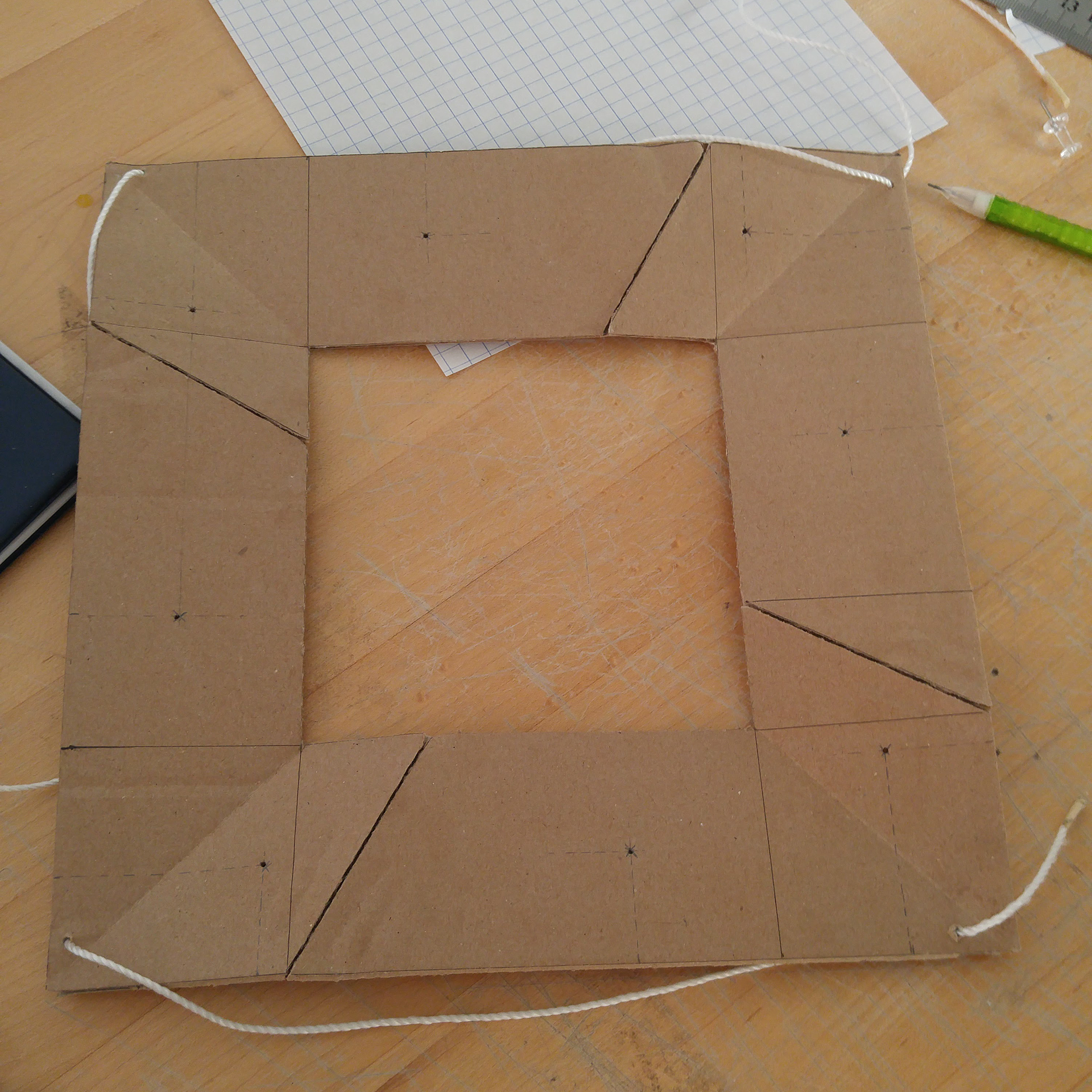
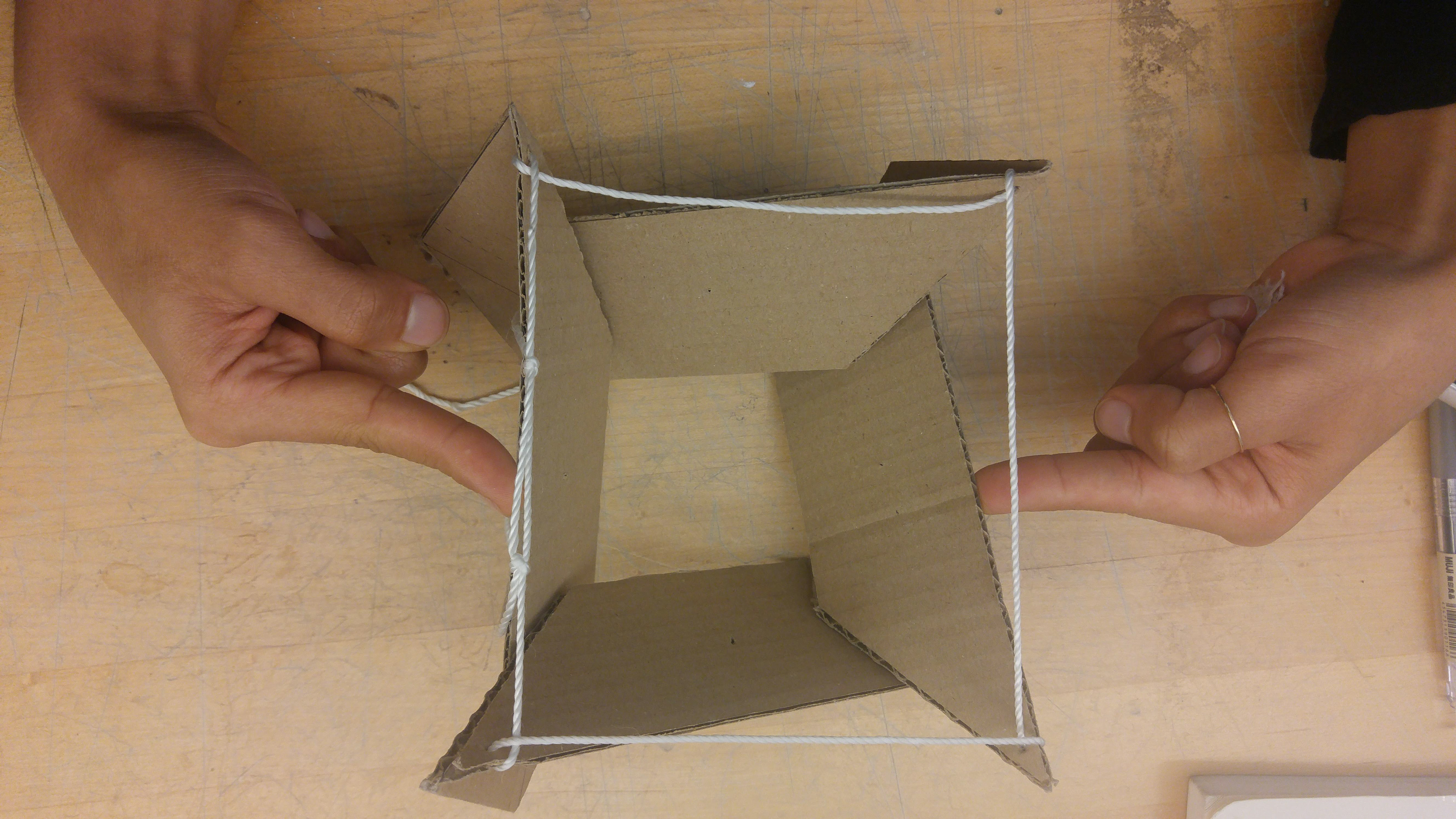
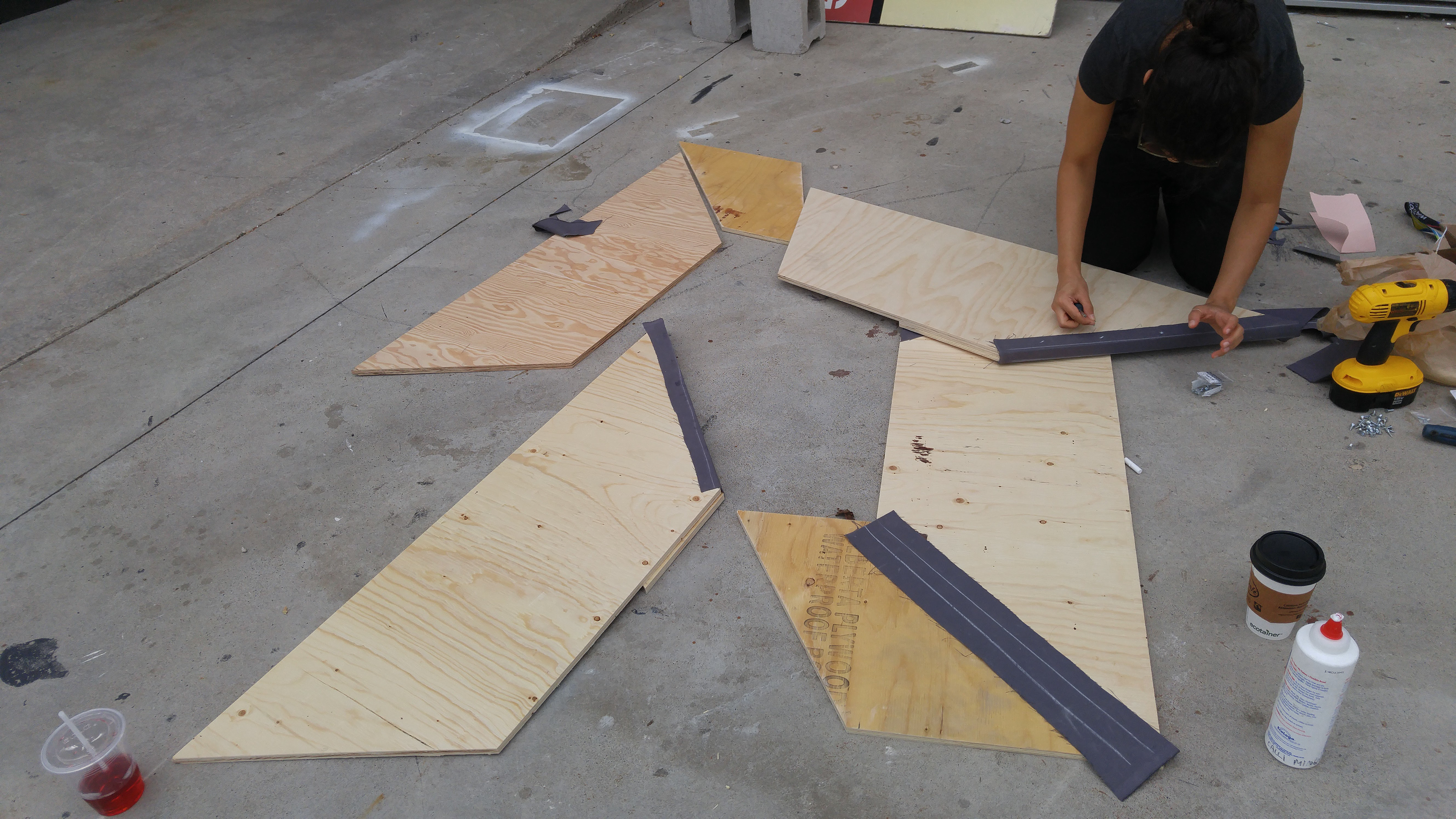




Prototyping photos. We started by testing folding patterns and shapes using small cardboard models before creating a 1:1 full-scale plywood mock-up of our design. The same approach was used to test and prototype hinges, locking mechanisms and material strength.


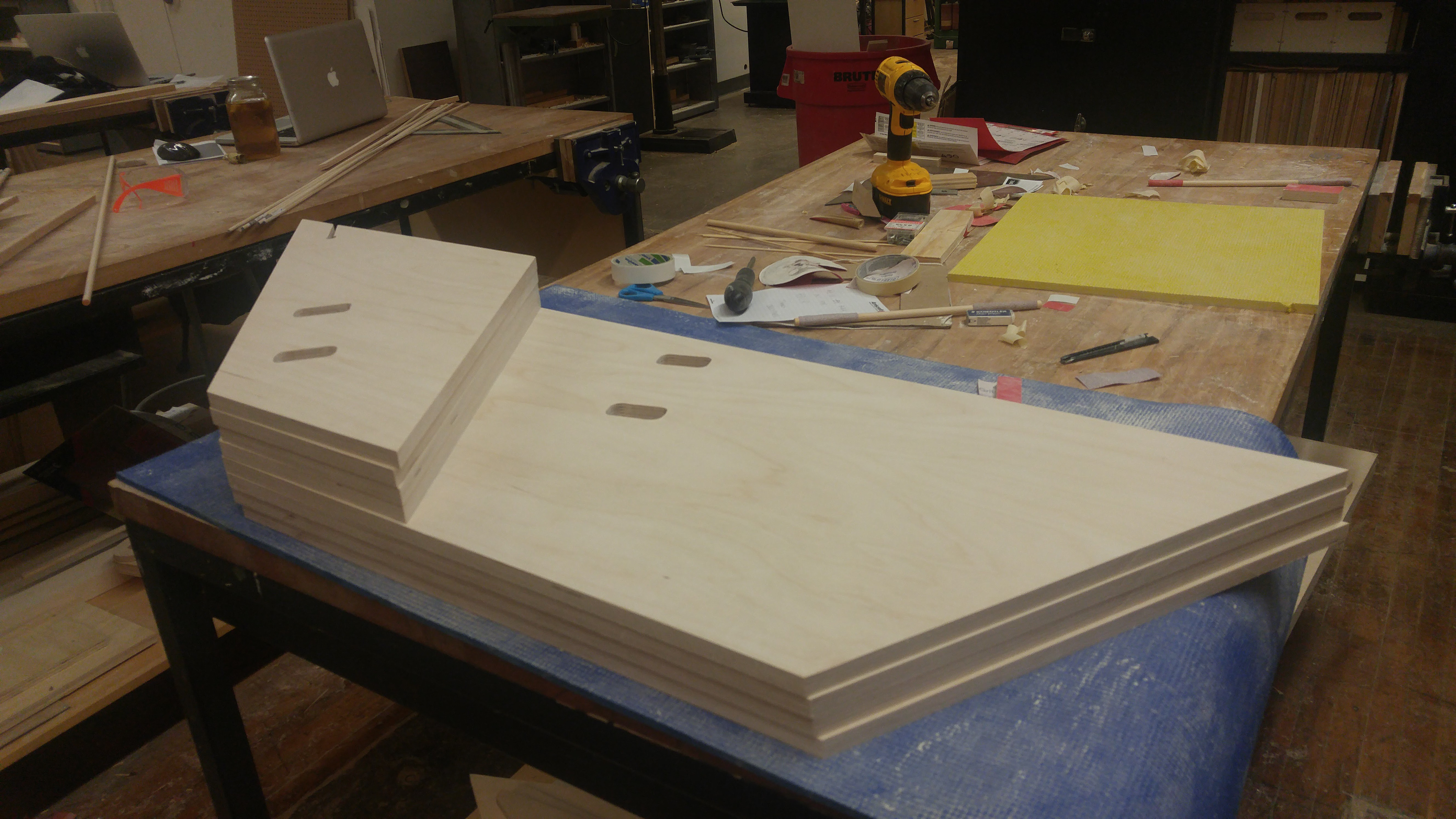
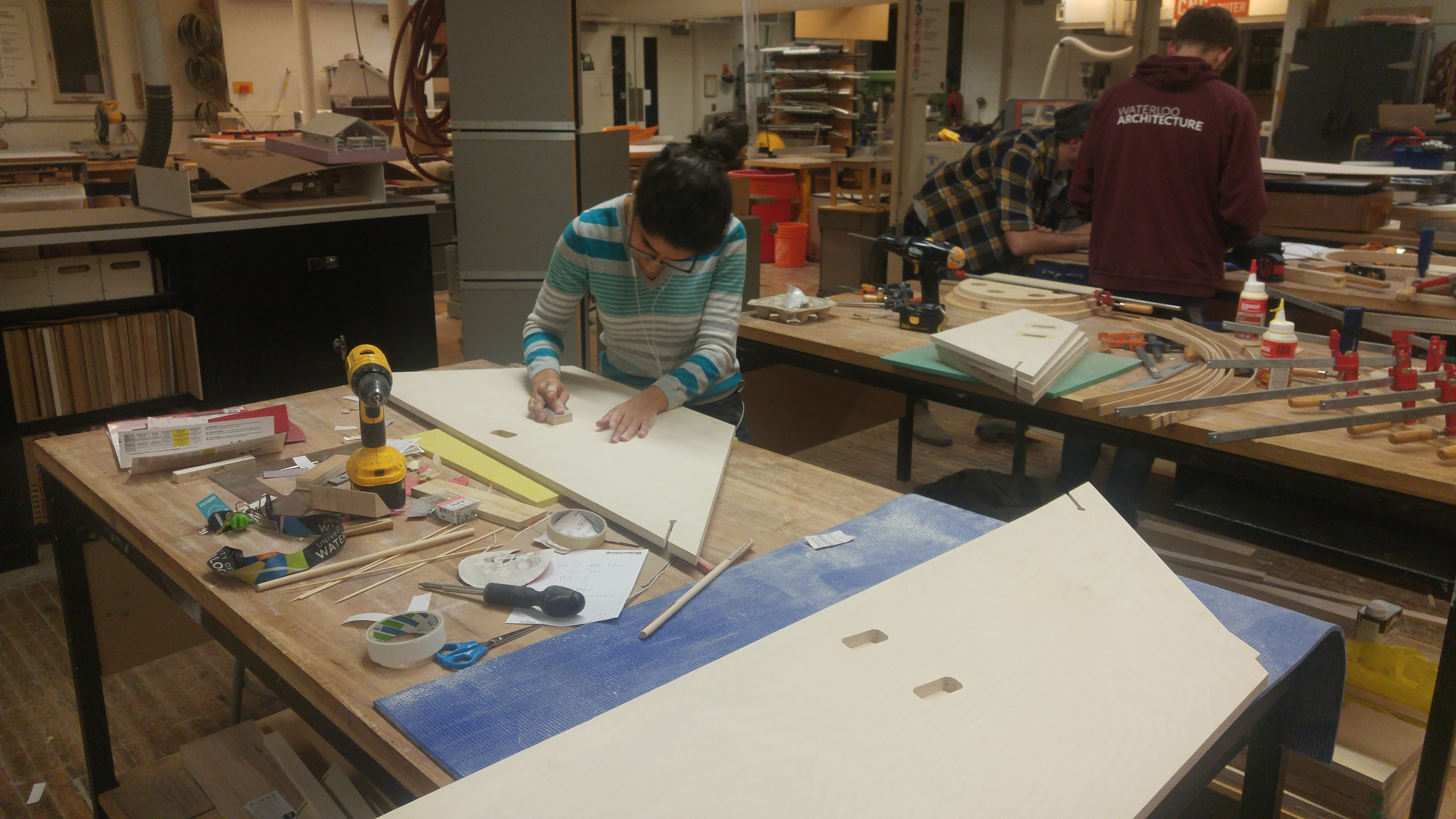

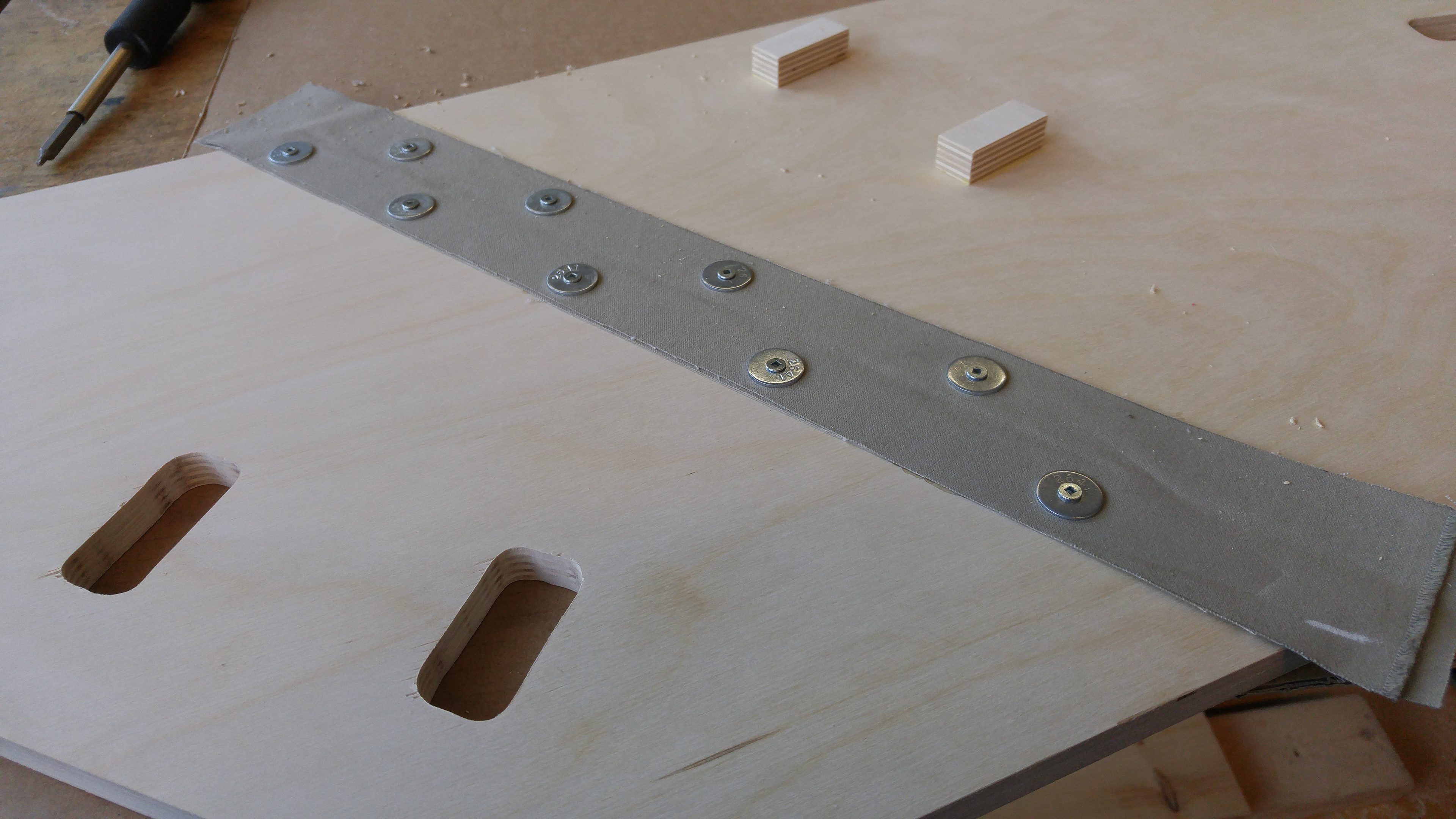


Construction photos. We crafted everything using standard wood shop tools instead of a CNC router for a more hands-on experience. The panels were planned using CAD software before being cut with a table saw (overall shapes and cable slots) and a hand milling machine (locking mechanism holes). The fabric hinges consisted of multiple layers of canvas fabric glued and bolted to the panels.
The finished product.
